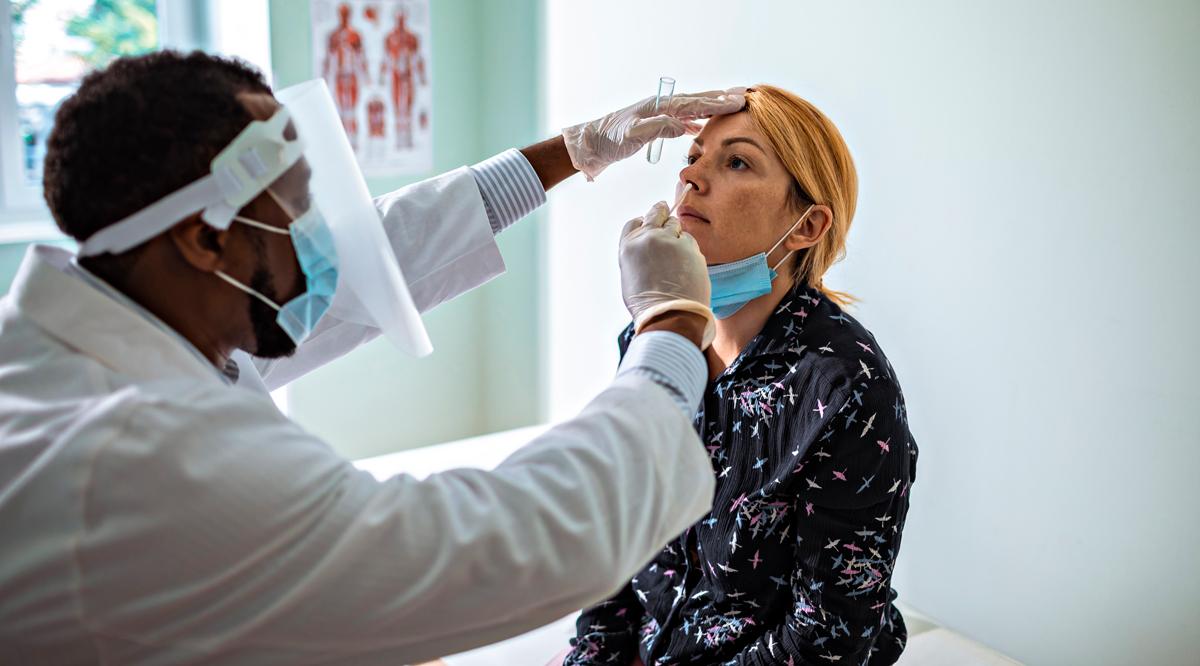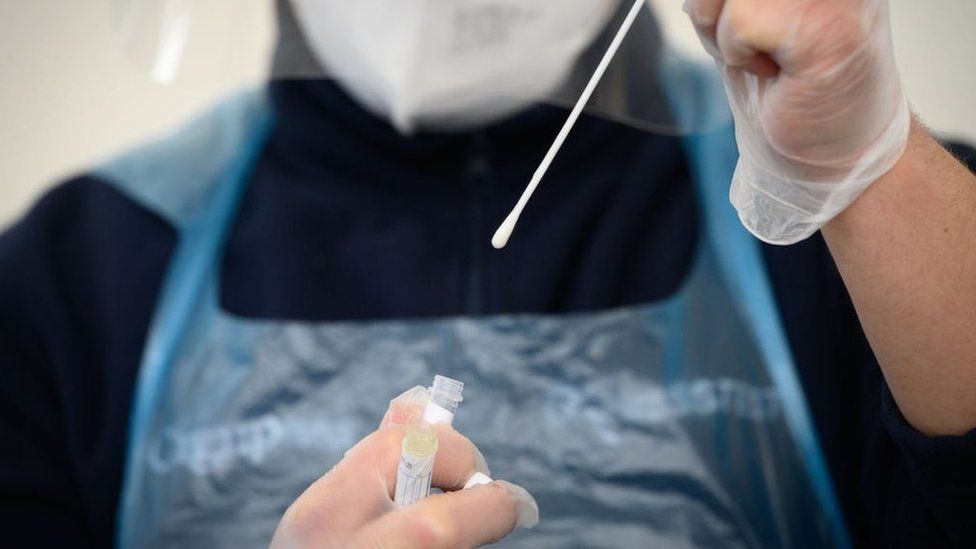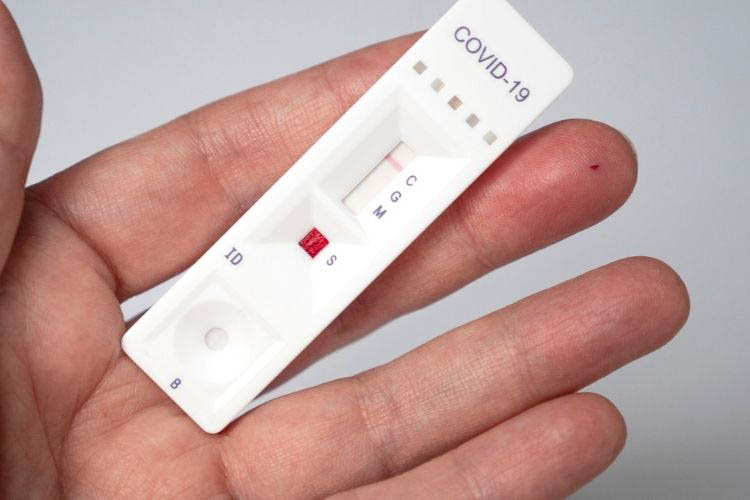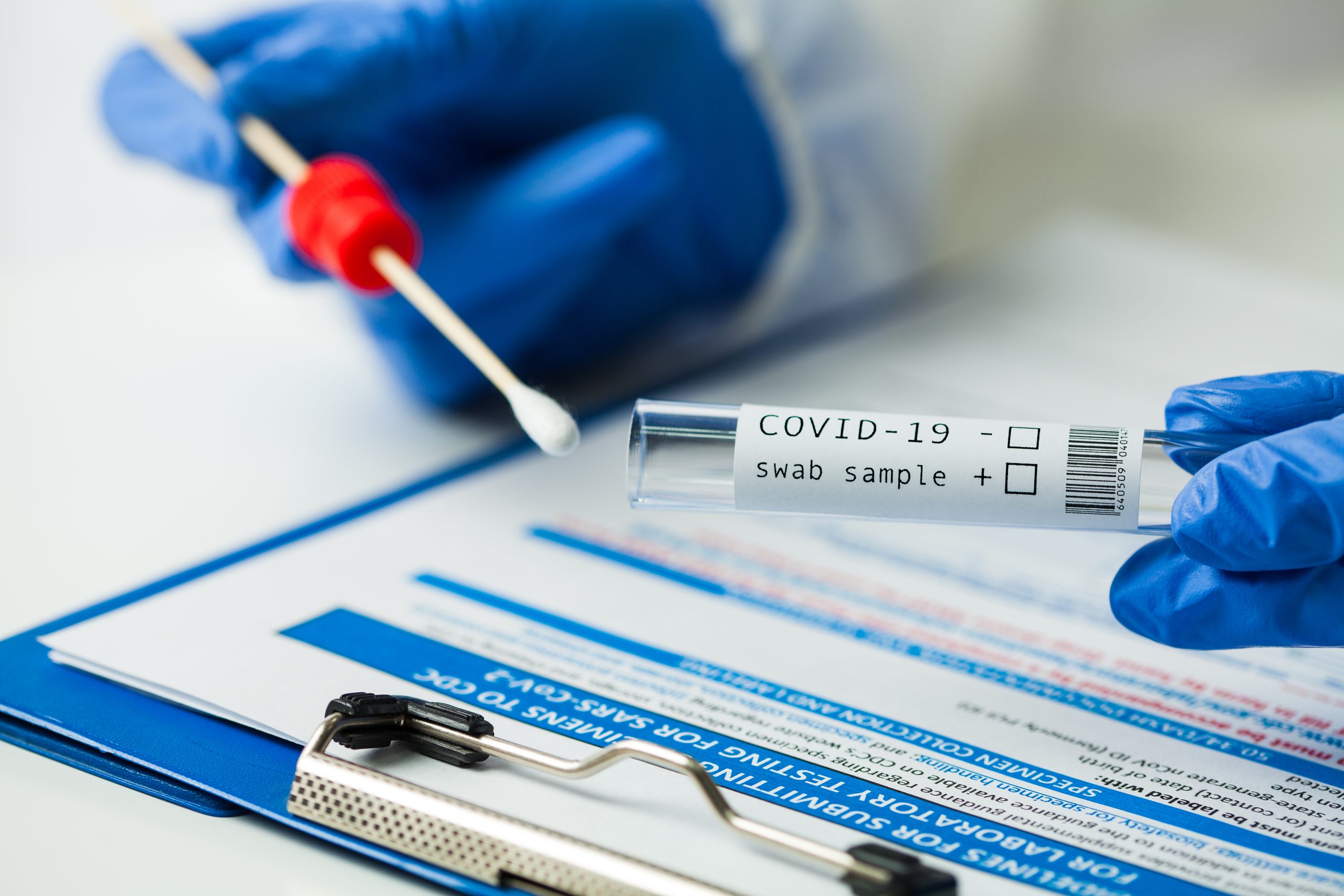Over the last twelve months, Coronavirus tests have become a normal occurrence in our lives. Both PCR tests and Lateral Flow tests have been critical for reducing the spread of COVID-19 and identifying who is infected and who isn’t. The startling fact is that one in three people who have COVID-19 will not display any symptoms at all. They are still able to go on and infect other people, without knowing they have the virus themselves.
At the beginning of the pandemic, Coronavirus tests were in short supply and reserved only for those who had travelled to high-risk countries or those displaying one of the main symptoms. These symptoms are a new, continuous cough, a change to smell or taste, or a high temperature. Over the last few months, COVID-19 tests have become much more widespread and are produced on mass, so that everyone has access to them, whether they are displaying symptoms or not. But how often should you take a COVID-19 test if showing no symptoms?
Taking regular COVID-19 tests

Rapid lateral flow tests are available for free on the NHS for everyone in the UK. You can pick them up from a local pharmacy or order them online to be delivered directly to your door. The NHS recommends that everyone in the UK should do a rapid lateral flow test every 3 to 4 days, or twice a week. This is to check if you currently have the virus with no symptoms and need to self-isolate.
Undertaking regular tests even with no symptoms is imperative for slowing the spread of Coronavirus and protecting those around you. The more people who test positive and then self-isolate, the less the virus will be spread. Even those who have been fully vaccinated should take COVID-19 tests twice a week, as there is still the chance that you could contract Coronavirus and spread it to others.
Other reasons to take a COVID-19 test without symptoms

As well as regular testing, there are some other reasons that you might need to take a Coronavirus test even when you don’t have any symptoms. For most of these reasons, you will likely take PCR tests as opposed to a lateral flow test. PCR tests are more accurate, and the results need to be processed in a lab. Reasons for PCR tests without symptoms include:
- Going to hospital — If you are going into hospital for a procedure or surgery, it is likely that you will need to be tested beforehand. Most hospitals will arrange this on your behalf.
- Confirming a positive lateral flow test — A positive result on a lateral flow test will need to be confirmed with a PCR test. If you have a positive result or a void result, then you should self-isolate until you receive results from the PCR test.
- Contact with a confirmed case — Anyone who has been in close contact with someone who has tested positive for COVID-19 will need to have a PCR test, even if you don’t have symptoms. Close contact includes face-to-face contact which is less than one metre for any amount of time, being one metre from someone for longer than a minute, or being two metres from someone for more than 15 minutes. If you have been in contact with a confirmed case and test negative, you are still required to self-isolate for 10 full days. This is because you could become infectious later.
- Surge testing — Some areas of England are taking part in surge testing programs. They are designed to stop the spread of new COVID-19 outbreaks in a specific area. Surge testing is organized by local councils, and you will be contacted if you need to take part.
- Traveling abroad — Some countries will require you to test negative before you can travel to them. In this case, you will need to pay for a test travel package and cannot use the NHS services.
- Test to release — Travellers entering England from certain countries are required to isolate on arrival. Test to Release is a government initiative to help reduce the time you need to quarantine. The standard quarantine time is 10 days when arriving from an amber list country, with mandatory tests on day 2 and day 8. With Test to Release, you can pay for a private PCR test on day 5 of your quarantine, and if your result is negative, and you also tested negative on day 2, then you can end your quarantine. This is a voluntary scheme and is designed to help reduce the time that travelers need to quarantine when entering England.
Lateral flow tests vs PCR tests

It is crucial that you understand the difference between rapid lateral flow tests and PCR tests when testing for COVID-19. The standard test for people without any symptoms is a lateral flow test. These are done using a long swab which is rubbed over the tonsils and inside the nose. They work in a similar way to a pregnancy test and can be completed at home in 30 minutes.
PCR tests are carried out in a laboratory and while the test can be done at home, the results need to be processed elsewhere. Like a lateral flow test, PCR tests use a swab for the nose and throat. These tests are much more sensitive than a lateral flow test and are the best option for testing for current infection. This is why PCR tests are always used to confirm a positive lateral flow test and to allow travelers to end their quarantine early with Test to Release.
Depending on the circumstances surrounding your need for a PCR test, you may be eligible for one for free on the NHS, or you may need to pay for a private test. Private testing facilities such as Medicspot’s test hubs are available all across the country and are convenient and reliable options when you require a private PCR test.







